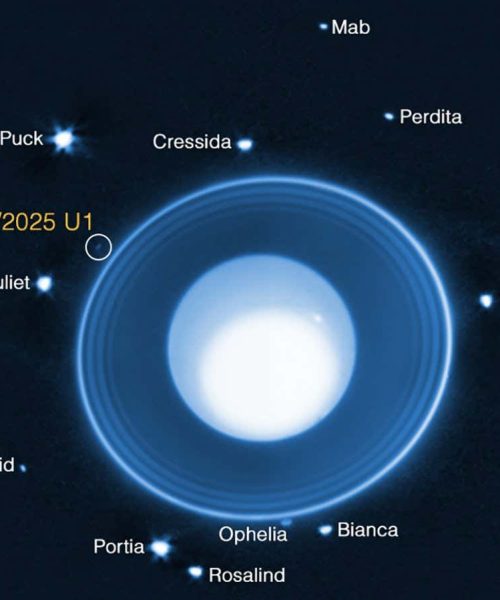
Space exploration has long been a staple of sci-fi films and TV, from the epic battles in Star Wars to gardening on the Red Planet in The Martian. However, many play fast and loose with the laws of physics, and scientific fact often couldn’t be further from the truth.
Greg Brown is an astronomer at the Royal Observatory Greenwich in London and an avid sci-fi fan. He explores the science of four popular sci-fi films and TV shows set in space, highlighting where they get it drastically wrong – and sometimes surprisingly right. For example, in an episode from the 1982 Doctor Who serial “Four to Doomsday”, The Doctor (Peter Davison) is laughably stuck in space between the ship he is on and his Tardis. Unable to get back to his home craft, he throws a cricket ball, which ricochets back and propels him towards the Tardis. The solution is not only a genius low-tech solution to his problem, it is actually how rockets work – indeed, how all motion works.
Other examples aren’t so kind to science. The wormholes of Interstellar break no existing theories, but finding one may be elusive. And Bruce Willis would need a billion times more nuclear power than has ever existed on Earth to pull off the life-saving feats he performs in Armageddon. So sit back and enjoy the journey, but don’t suspend your disbelief.
Advertisement
Topics:





